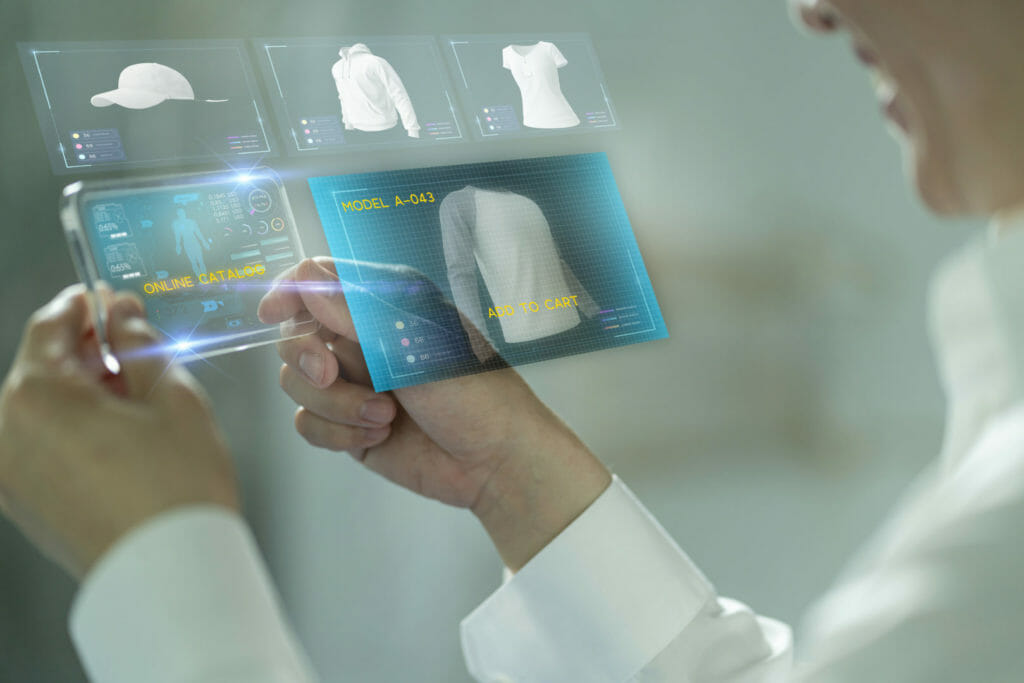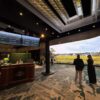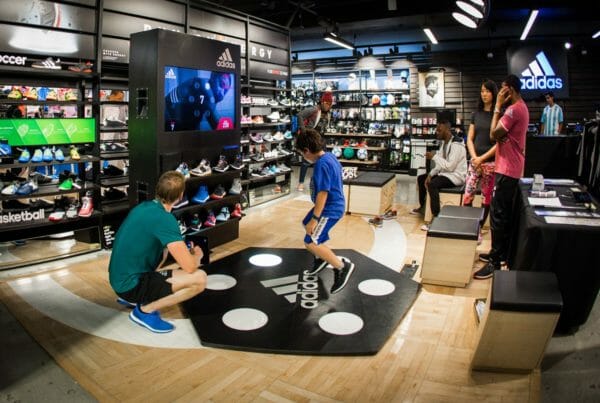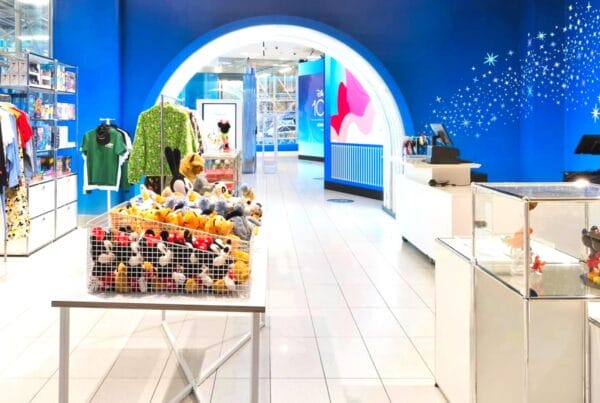With impressive size, unprecedented diversity, and an ever-increasing purchasing power, Gen Z is a force to be reckoned with in retail. And as the first truly digital native generation, Gen Z isn’t willing to wait for brands to catch up.
Gen Z is changing the trajectory of retail. Is your business ready to meet Gen Z where it is?
We’ve identified the following areas where many retailers need to improve if they want to capture the attention – and the dollars – of this important demographic group.
Defining Gen Z
But first, let’s define our terms. It’s easy to dismiss Gen Z as too young to matter all that much yet, but a closer look at the data reveals this to be an error.
By most metrics, Gen Z is the generational cohort born in 1995 or later (until an as-yet undefined cutoff point). And yes, this group is still quite young. But the oldest members of Gen Z are 26 now – well into their first or second professional job.
Additionally, younger members of Gen Z may not yet be financially independent, but their tastes and consumption habits certainly affect their parents’ spending patterns.
While the full retail weight of Gen Z is still a few years away, we’re already starting to feel the effects. Now is the time to start meeting this generation where it is.

The Blending of Offline and Online
Gen Z recognizes less of a distinction between their offline and online lives – and purchasing decisions. That’s because this is the first true digital-native generation. None of them remember a time before widespread internet adoption, and many don’t remember the days before smartphones.
This is a social, video-oriented generation, spending more time on social than Millennials do by almost an hour a day on average. And members of Gen Z don’t just use social for connecting: they also use it to explore and learn about retail products.
Gen Z expects brands to meet it where it is – even if that isn’t where the brands want to be. This means brands need a renewed social and mobile focus to their advertising focus.

Increased Expectations for Retail Tech
As a part of this trend of blurring or blending the digital and the physical, Gen Z responds well to increased technology presence in the retail landscape – so long as this technology functions well and improves their retail experience.
Of course, digital integration – especially the stuff that lives on the bleeding edge – can be expensive, and it can age quickly. That’s one reason it’s important for retailers to partner with a trusted experiential tech firm like Bluewater: you want to make sure you’re putting your retail tech dollars in the right places, not buying into expensive fads that will disappear in 5 years. We can help with that.
In the meantime, here are three areas where retailers can improve their retail integrations today, often without significant investment.

Touchless Ordering
Automated or kiosk-based ordering has already been around for a decade or more in many large retail chains, but touchless screens take things to the next level. Far better than scanning a QR code menu at a restaurant, touchless kiosks elevate the retail experience in subtle yet intuitive ways.
While it’s not yet the right way to complete complex transactions, touchless ordering is an exciting area of growth. McDonald’s Corporation is implementing touchless kiosks for ordering food in 500+ restaurants soon, and the applications of this exciting technology will continue to expand.
Mobile Notifications
Where Millennials and older cohorts may roll their eyes at the idea of getting mobile notifications from retailers, not so with Gen Z. According to some reports, Gen Z likes this method of contact better than obtrusive ads because individuals can opt into (and out of) mobile notifications.
Remember, this is the generation that blends offline and online. Reaching them through mobile notifications is the perfect blending of the two.
Mobile notifications certainly include text message-based marketing, but there’s no reason to stop there. Retailers that already have an app can make use of strategic push notifications (e.g., notifying of flash sales or other time-limited events).
Geofencing is another avenue: setup can be a little more intense, but strategic use of geofencing can take your mobile advertising/notification strategy to new heights.
Virtual Displays and Showrooming
Showrooming used to be the enemy of retail: customers would try out products in-store, only to leave and buy them cheaper from another source online. But savvy Gen Z-focused retailers are flipping the script, creating engaging virtual displays online that drive traffic to the store for the purpose of showrooming.
In this model, stores draw in customers with an exclusive opportunity to experience a “digitally native” brand or product. And once the customers are inside, savvy digital signage and brand activations drive in-person sales.
As Gen Z grows in influence and in buying power, meeting this generation where they want to shop and explore will become existentially important. Bluewater can help you get ahead of the competition now–and stay there in the years to come. Ready to talk? Let’s chat today.











